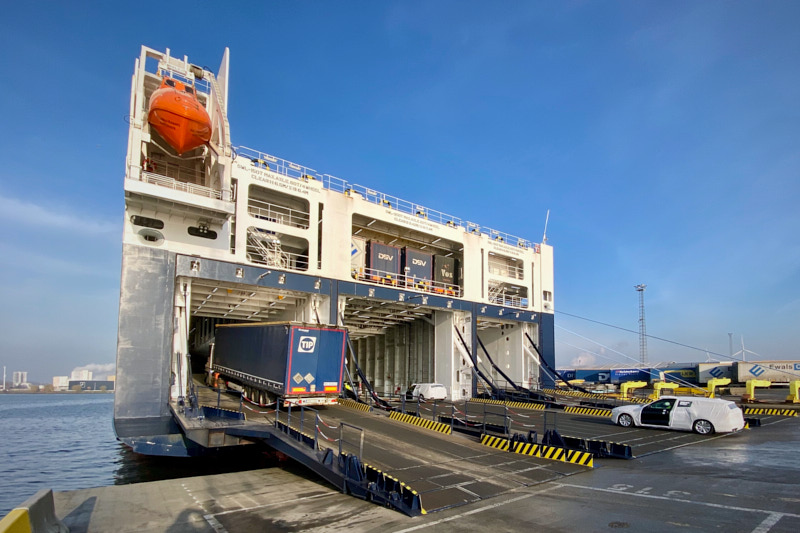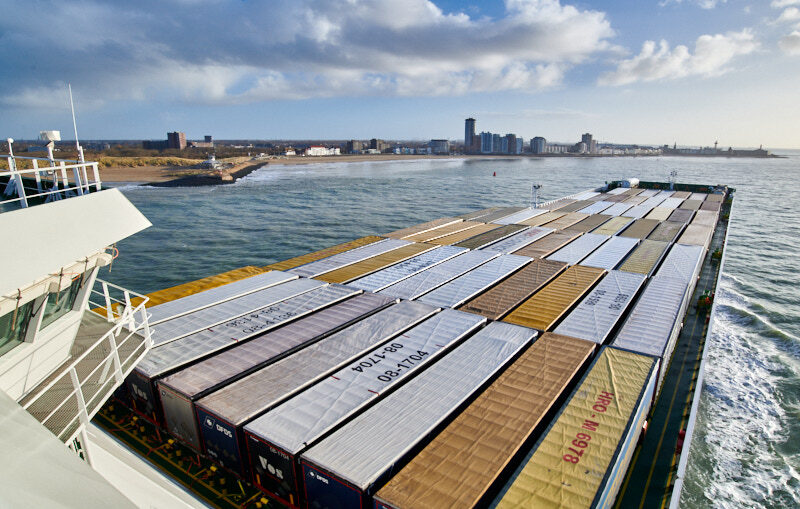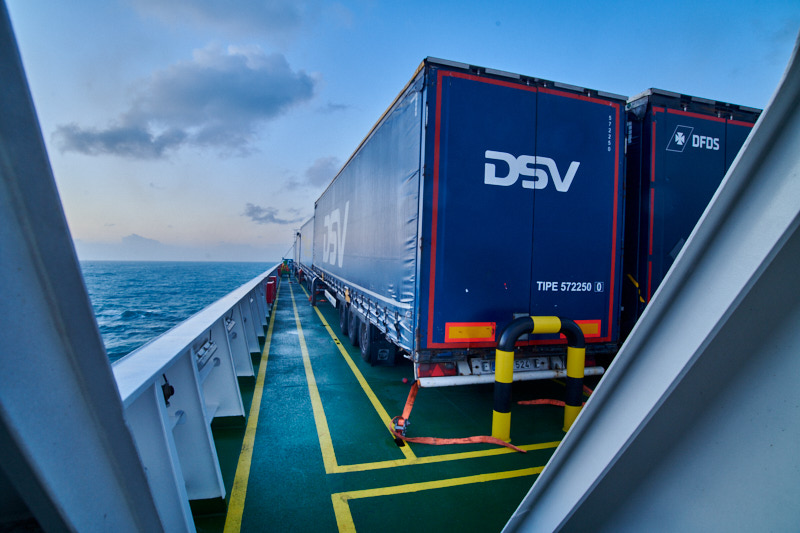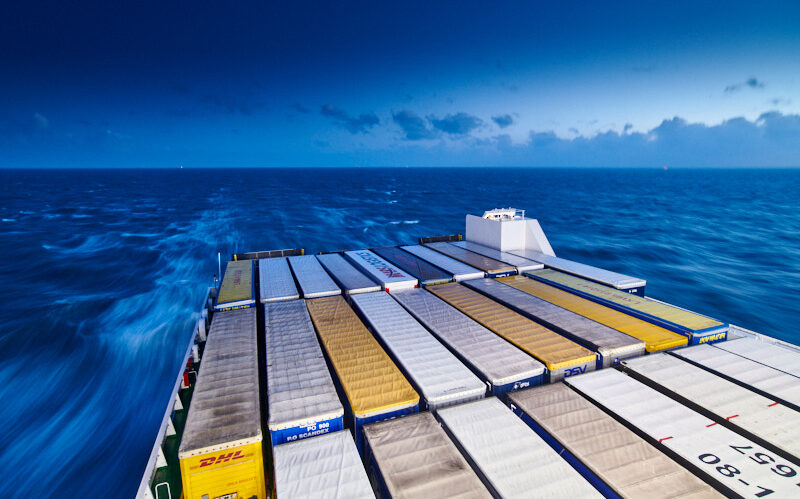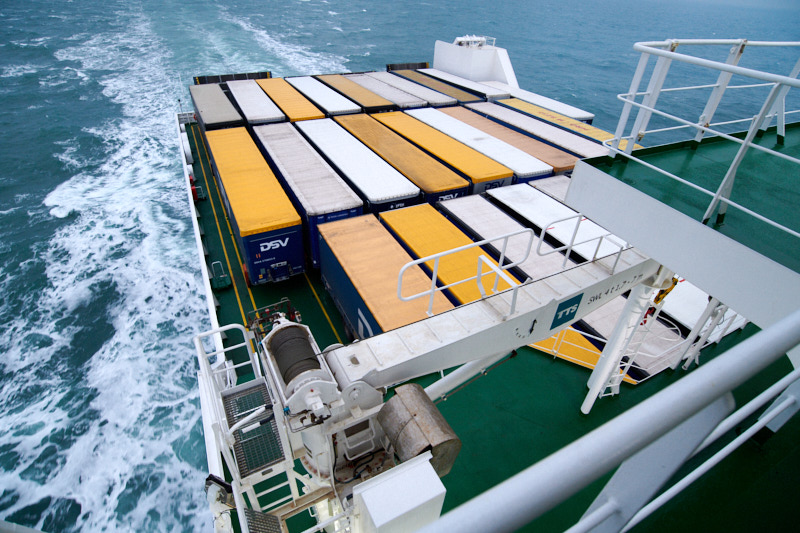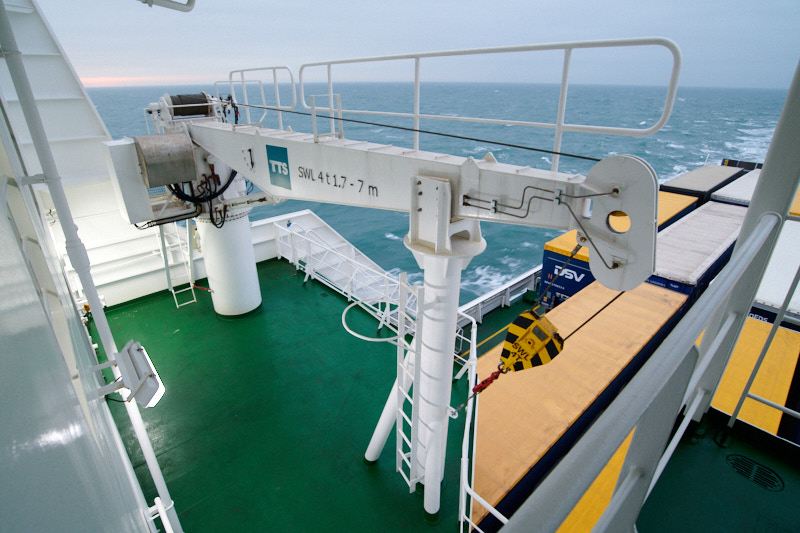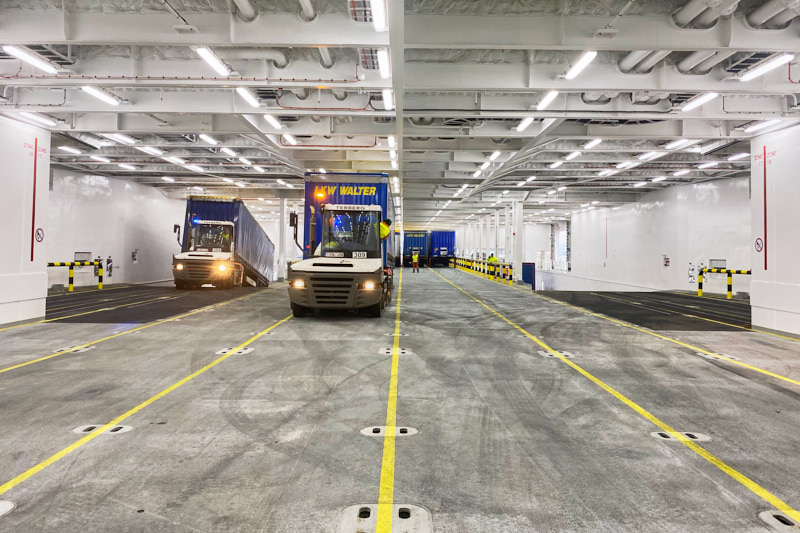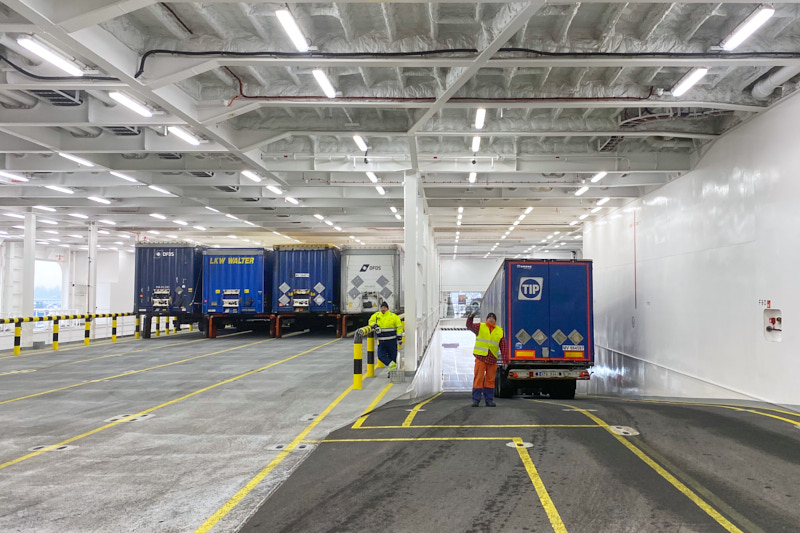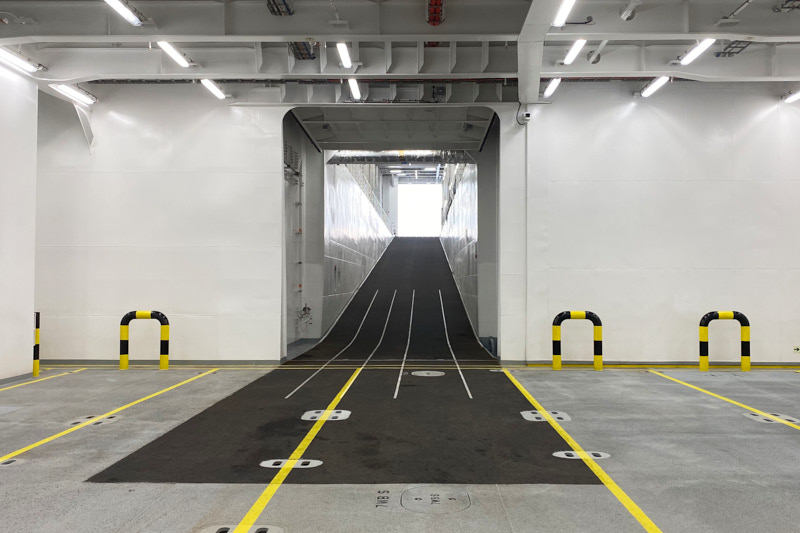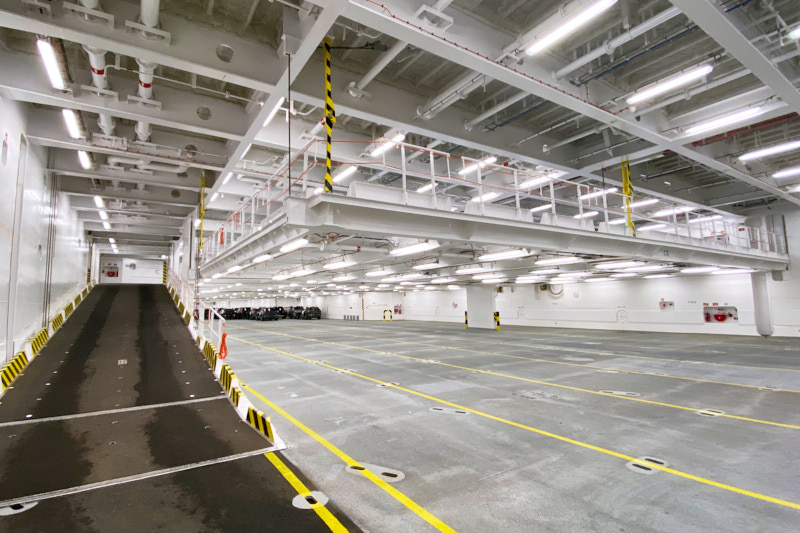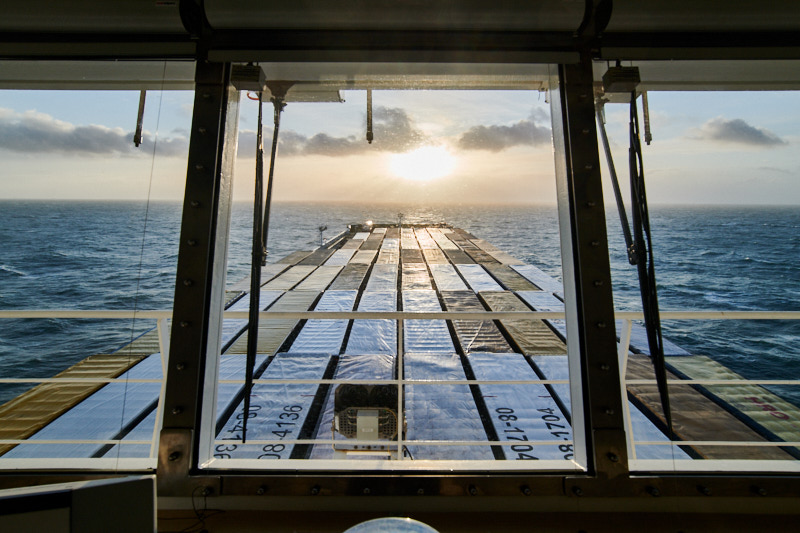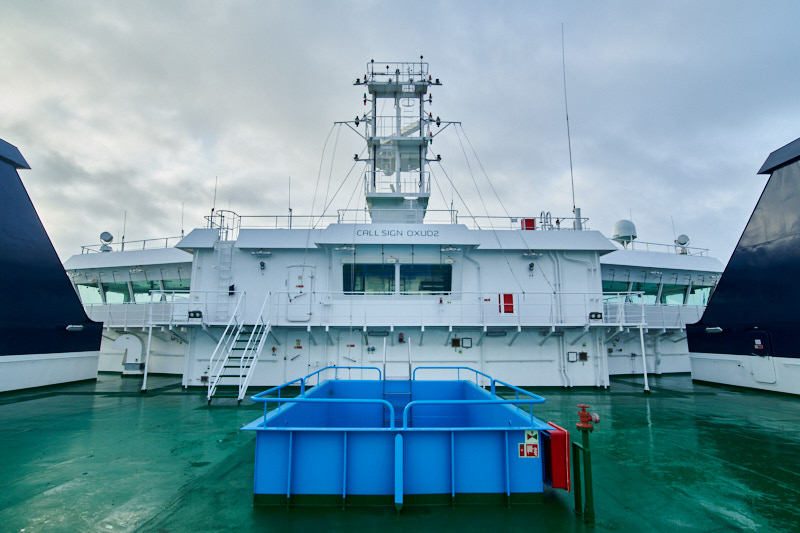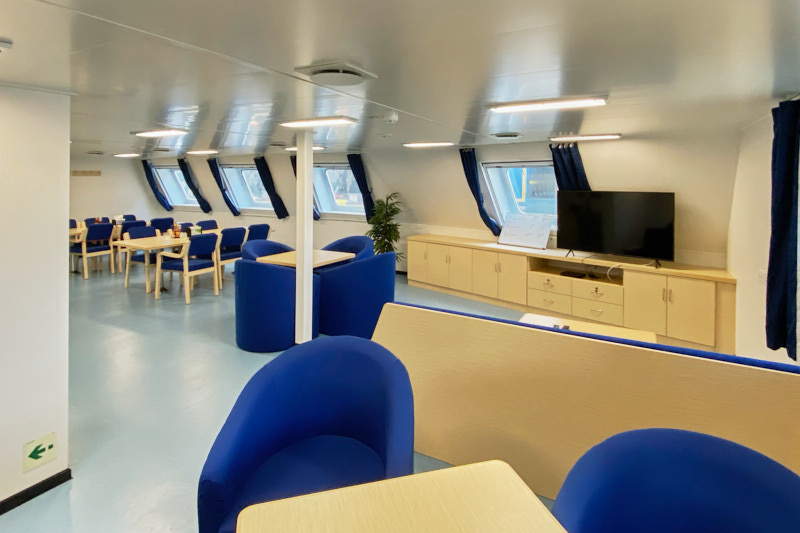INTRODUCTION
In 2016, DFDS signed a contract with the CSC Jinling Shipyard in China, for two large roro vessels. Later on, 2+2 more ships were added to the order.
In February 2020, four ships are in operation: [links: MarineTraffic]
EPHESUS SEAWAYS on the route Trieste – Istanbul (Pendik)
TROY SEAWAYS on the route Trieste – Istanbul
HOLLANDIA SEAWAYS on Ghent – Gothenburg
HUMBRIA SEAWAYS on Vlaardingen (Rotterdam) – Immingham



